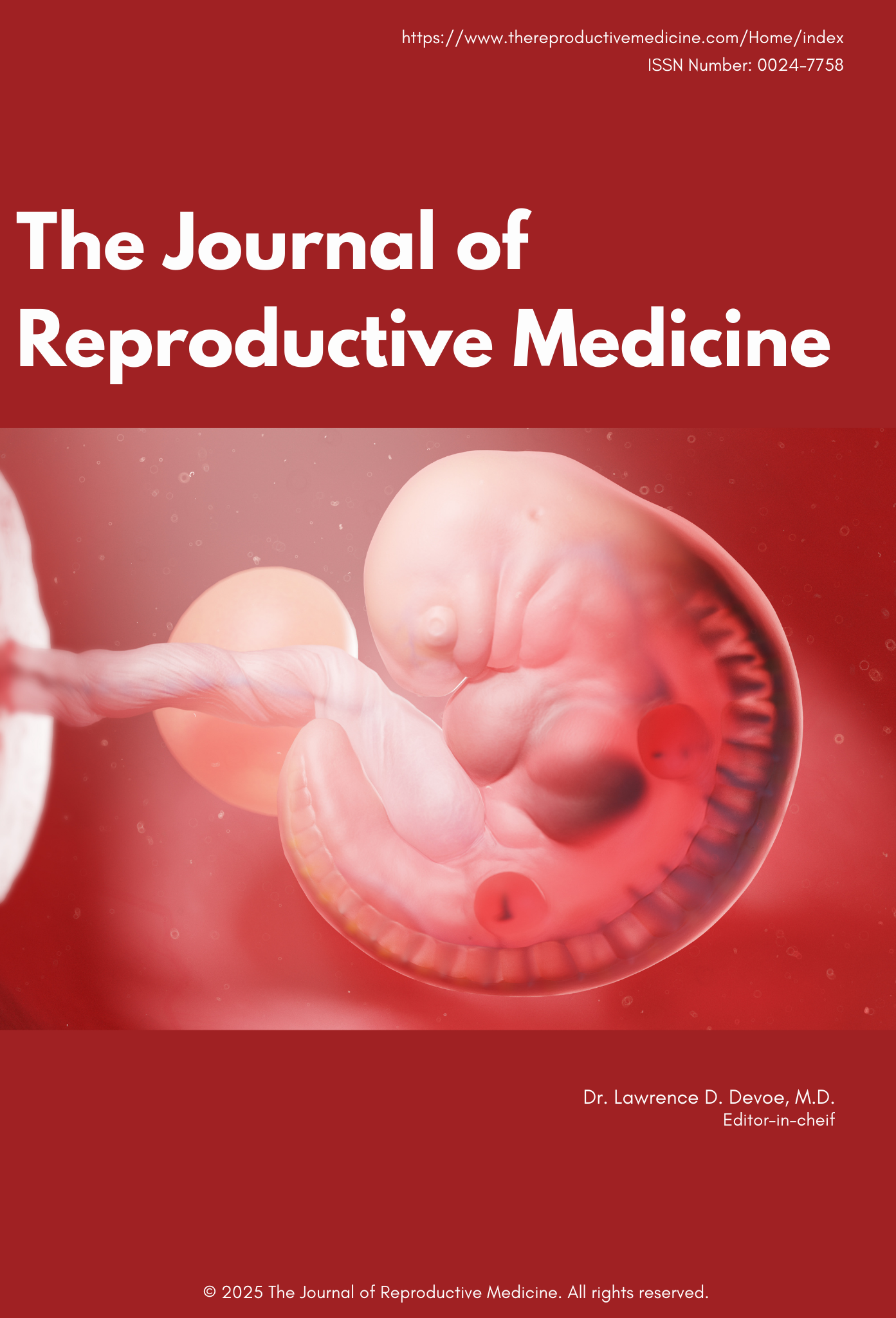Metabolomic Analysis of Human Papillary Thyroid Carcinoma Using UPLC-Q-TOFMS
Keywords:
ultra-high-performance liquid chromatography, quadrupole-time-of-flight mass spectrometry, metabolomics, metabolic pathwayAbstract
Papillary thyroid carcinoma is the most common type of thyroid cancer worldwide, but its underlying mechanisms remain unclear. The aim of this study was to develop a non-targeted, metabolism-based tissue metabolomic analysis method to comprehensively identify the papillary thyroid carcinoma metabolic network with clinical samples. Ultra-high-performance liquid chromatography and quadrupole-time-of-flight mass spectrometry (UPLC-Q-TOFMS) was used to analyze metabolic changes in matched papillary thyroid carcinoma and paracancerous thyroid tissues obtained from patients. Principal component analysis, partial least square discriminant analysis, and orthogonal partial least square discriminant analysis models were used to separate paracancerous human thyroid and papillary thyroid carcinoma samples. In papillary thyroid carcinoma samples, the levels of L-α-amino acids, leucine, β-amino acids, valine, alanine, methionine, and their derivatives, as well as those of polypeptides, were significantly lower than those in paracancerous tissue. In contrast, the levels of dibucaine, propyzamide, tyrosine, pidotimod, deoxysappanone B 7,4′-dimethyl ether, hippurate, and emodic acid were significantly increased in papillary thyroid carcinoma. In addition, metabolites with significant differences in expression were mainly involved in amino acid biosynthesis and metabolism and the mammalian target of rapamycin (mTOR) metabolic pathway. According to the results of our metabolomic and bioinformatic analyses, various metabolites may regulate the synthesis and expression of proteins in papillary thyroid carcinoma by regulating amino acid metabolism and mTOR-related pathways, which may be related to papillary thyroid carcinoma pathogenesis. This study provides novel insights into the metabolic abnormalities of papillary thyroid carcinoma and presents a potential method for its treatment.






